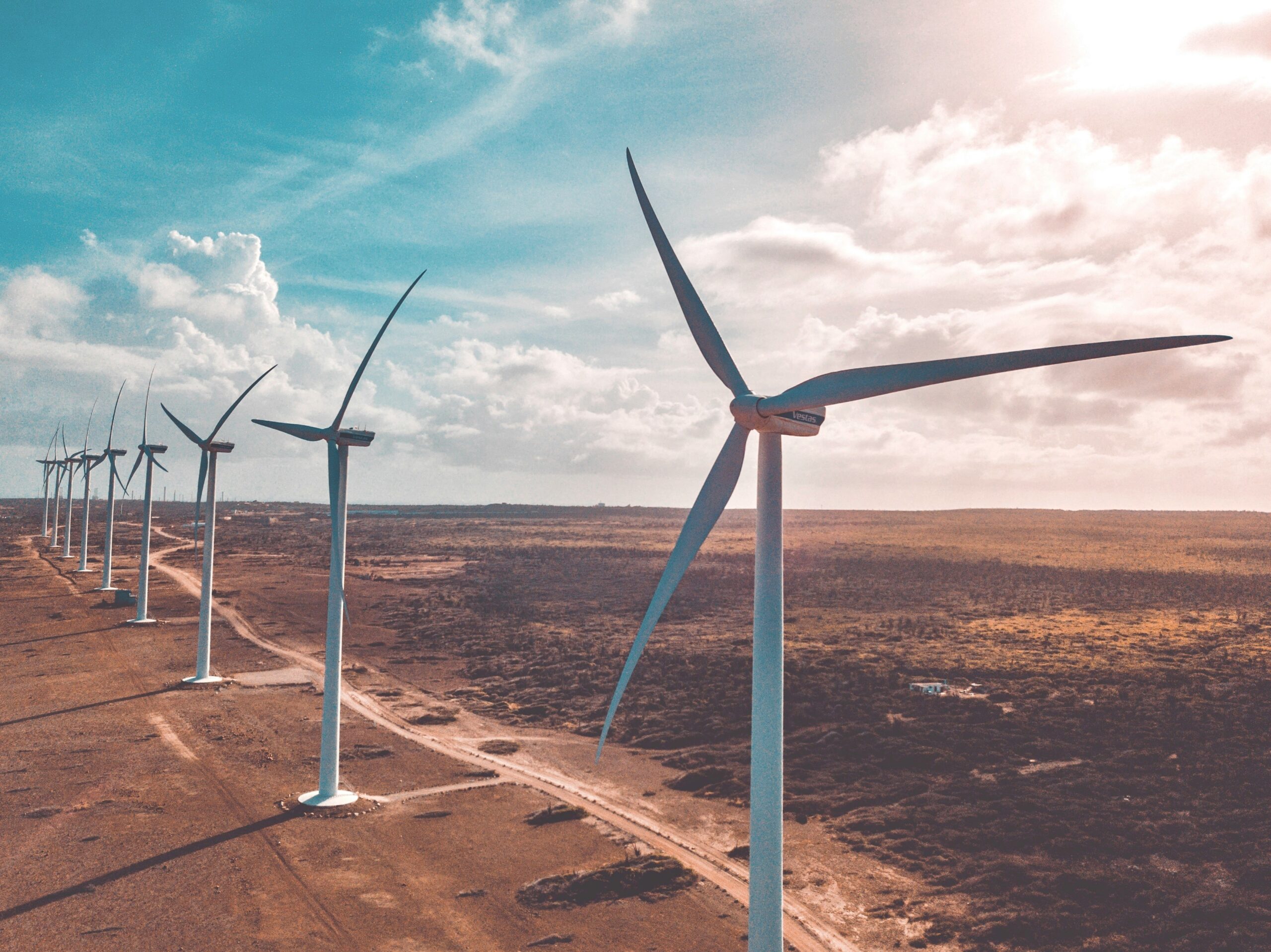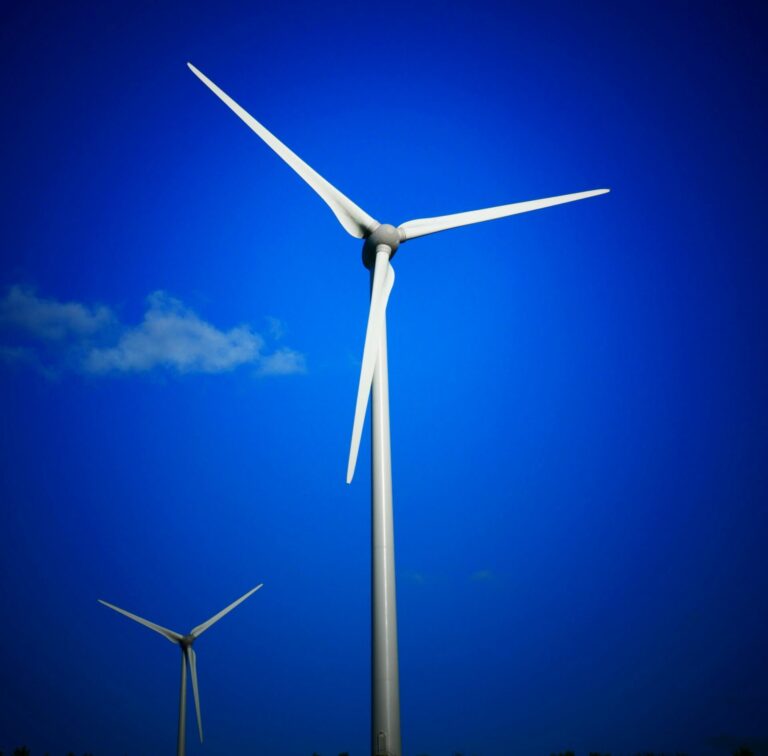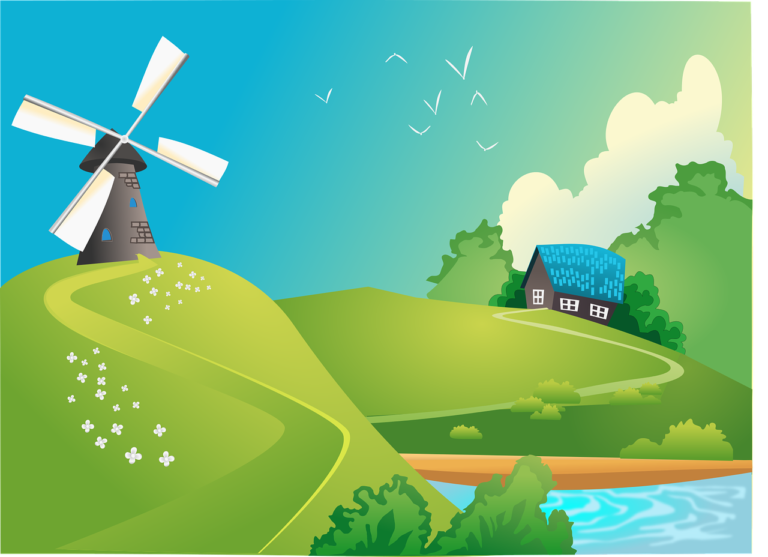
Introduction
Welcome to the world of wind energy! Windmills, with their towering presence and graceful rotations, have been harnessing the power of the wind for centuries. But how exactly do they work, and what role do they play in our modern world? Let’s delve into the fascinating mechanics and history of windmills.
What is a Windmill?
Firstly, let’s define what a windmill is and its primary function. A windmill is a device that converts the kinetic energy of the wind into mechanical energy, typically used for tasks such as grinding grain, pumping water, or generating electricity.
History and Evolution
Windmills have a rich history dating back thousands of years. From ancient civilizations to modern times, windmills have evolved significantly in design and functionality.
Early Windmills
Early windmills were simple structures with cloth or wooden sails attached to a vertical axis. These primitive windmills were primarily used for grinding grain or pumping water, playing a crucial role in agriculture and irrigation.
Modern Wind Turbines
In the modern era, windmills have transformed into sleek and efficient wind turbines, capable of generating large amounts of electricity.
Components of a Wind Turbine
Modern wind turbines consist of several key components, including the tower, blades, nacelle, and gearbox. Each component plays a vital role in harnessing wind energy and converting it into usable electricity.

How Wind Turbines Work
To understand how wind turbines operate, we must grasp the fundamental principles of capturing wind energy and converting it into useful forms.
Capturing Wind Energy
Wind turbines utilize aerodynamic principles to capture the kinetic energy of the wind. As the wind flows over the turbine blades, it causes them to rotate, activating the rotor connected to a shaft inside the nacelle.
Generating Electricity
Once the rotor is set in motion, it generates mechanical energy that needs to be converted into electrical energy for practical use.
Converting Mechanical Energy to Electrical Energy
The mechanical energy produced by the rotating shaft is transmitted to a generator housed within the nacelle. The generator converts this mechanical energy into electrical energy through electromagnetic induction, which is then transmitted to the power grid.

Environmental Impact
Wind energy is often lauded for its environmental benefits, but it’s essential to consider both the advantages and challenges it presents.
Advantages of Wind Energy
Wind energy is a clean and renewable resource that produces no greenhouse gas emissions or air pollution. Additionally, wind turbines have a relatively small footprint compared to traditional power plants, making them suitable for both rural and urban areas.
Challenges and Limitations
While wind energy has numerous benefits, it also faces certain challenges and limitations that need to be addressed. One significant concern with wind turbines is their impact on bird and bat populations. Collisions with turbine blades can result in fatalities among avian and mammalian species, raising conservation concerns.
Future of Wind Energy
Despite the challenges, the future of wind energy looks promising, with ongoing technological advancements and innovations. Researchers and engineers are continually developing new technologies to improve the efficiency and reliability of wind turbines. From advanced blade designs to smart grid integration, the future of wind energy is ripe with possibilities.
Conclusion
In conclusion, windmills have come a long way from their humble beginnings as grain-grinding structures to sophisticated wind turbines capable of powering entire communities. By harnessing the power of the wind, we can pave the way for a cleaner and more sustainable energy future.

Leave A Comment